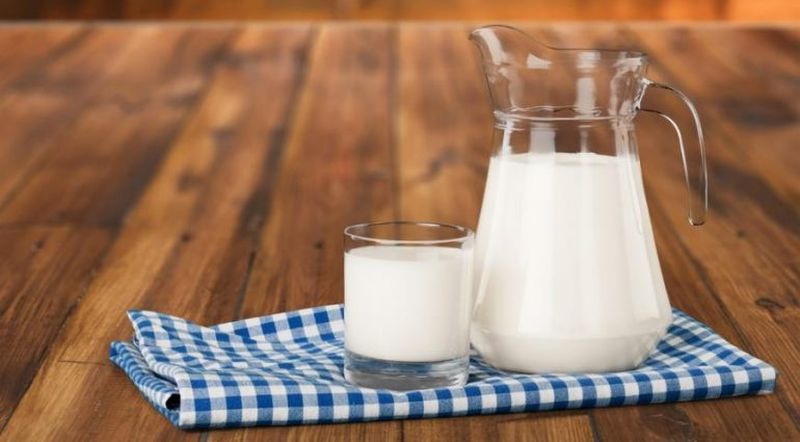Forecast of the world dairy market development in the first half of 2019

1. Forecast of milk production
The impact of prolonged drought in Northwest Europe in 2018 will have an impact on milk production, even in the first half of 2019.
The volume of production in New Zealand is currently showing an active increase, although the variability of weather in this region does not allow to do accurate forecasts. Milk production in Australia, also due to significant drought last year, shows 5 months drop in a row.
Such trends indicate that in the first quarter of 2019, the total milk production in the main export regions will grow at a much lower pace than last year and will amount to no more than 0.2−0.4%.
2. Interventional SMP
Due to the high level of SMP stocks, the European Commission made a temporary change in the fixed price for SMP, reducing it to zero in 2018 (March 1 — September 30). The effect of this change allowed the Commission to limit (or avoid) the further accumulation of stocks.
As a rule, the scheme of intervention allows the European Commission to buy 60 thousand tons of butter and 109 thousand tons of SMP in the period from March 1 to September 30 every year, with the established prices of 2217 euros/t and 1698 euros/tonne, respectively.
The European Commission has started offering SMP intervention stocks for sale from December 2016 through a tender process.
At the last tender on January 8, 119.9 thousand tons of offers were submitted for purchase. At a minimum selling price of 1554 euros/t. In total, 80.4 ths. tons were sold. The total volume available for the tender on February 5th is estimated at 22.1 ths. tons. This will practically end with the epic, which runs from 2015. This will switch buyers to fresh goods, which will be the driver for further price increases.
3. The position of the currencies of developing countries in comparison with the dollar
The currencies of developing countries continue to be under the pressure of a strong dollar. In some cases, devaluation has been observed for several years. The current weakness will affect the purchasing power of these regions and will increase against the backdrop of rising prices for dairy products in dollar terms.
4. Brexit scripts
On November 25, 2018, the European Council approved the draft agreement on Brexit. It is characterized as soft Brexit, aimed at the orderly and gradual output of the UK with the EU, the purpose of the deal is to minimize the economic damage on both sides. Under this agreement, trade between the United Kingdom and the rest of the Union will continue unchanged during a transitional period of almost two years, with a possible extension of another two years, which has become a good news for the dairy sector.
However, there remains great uncertainty as to whether this agreement will be approved by the European Parliament and, more importantly, by the British Parliament. If either of the two parliaments rejects the deal, the UK is likely to go through a violent political process that will be characterized by the complete abolition of trade preferences and the effect of the full range of all trade duties.
Based on the above facts, Rabobank experts predict that dairy prices will grow at least for the first three quarters of the current year. Butter in Europe will increase from 4,150 to 4,750 euros/t for the analyzed period. In the USA — from 4,555 to 5,180 dollars per ton, and in Oceania — from 4,000 to 4,400 dollars.
SMP will grow more moderately but steady. In Europe, it will cost 1,650−1,725 dollars/t, in the US — 2,040−2,125 dollars/tonne, and in Oceania — 2,200−2,300 dollars.
WMP in Europe and Oceania will grow throughout the year. The European product will increase in price from 2,550 to 2,700 euros/t, and in Oceania — from 2,700 to 3,000 dollars.